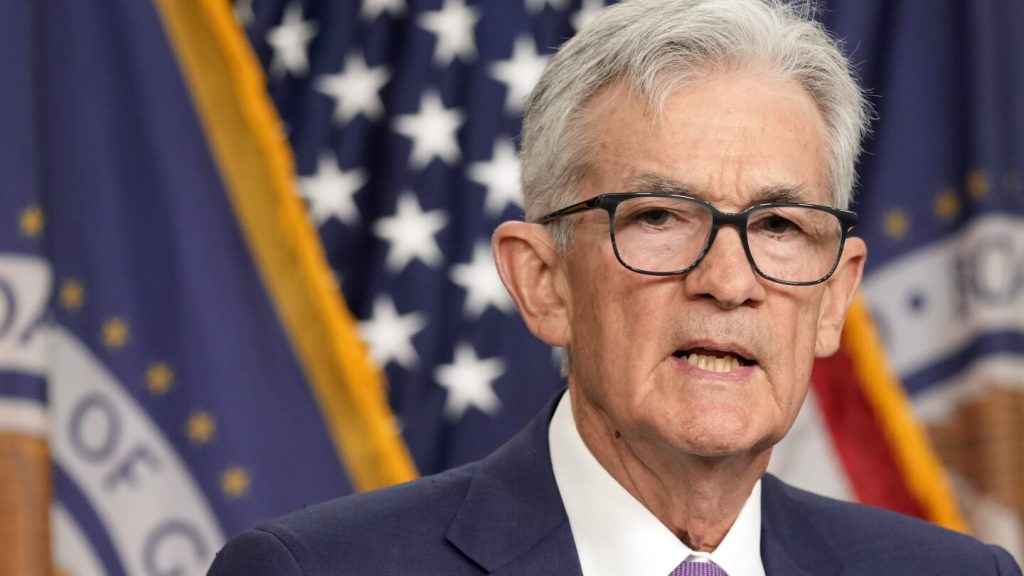The Federal Reserve officials have indicated that the recent interest rate hikes may take longer than expected to bring down inflation, suggesting that there may be few, if any, rate cuts this year. Despite the sharp rate increases, Americans are not spending significantly more of their incomes on interest payments, raising concerns that higher rates may not be effectively limiting spending or cooling inflation. Fed Chair Jerome Powell recently stated that an interest rate increase was unlikely, but the Fed needs more time to gain confidence in inflation returning to their 2% target.
Dallas Federal Reserve President Lorie Logan also noted that it is too early to consider cutting rates and questioned whether the current rate is high enough to quell inflation. The anticipation of higher borrowing costs for a longer period may disappoint many Americans looking for lower mortgage rates, Wall Street traders hoping for a rate cut, and President Joe Biden, whose reelection campaign could benefit from lower rates. Economists expect the upcoming inflation report to show a slight decline to 3.4% in April, after climbing from 3.1% in January.
Many Americans refinanced their mortgages at low rates during the past decade when the Fed kept rates near zero, resulting in relatively low mortgage rates for them. This has limited the impact of the Fed’s rate hikes on their finances. Similarly, large corporations locked in low rates before the rate hikes began, further mitigating the impact of higher borrowing costs. While there are signs of financial struggles for some Americans, delinquencies on credit cards and auto loans are rising but remain below historically high levels.
Consumer debt as a percentage of income is also lower than during the housing bubble 15 years ago, indicating that the aggregate interest burden is not historically elevated. However, there are concerns that rising mortgage costs could make it difficult for younger Americans to afford homes. Despite the current scenario of low mortgage rates for many, it is expected that higher borrowing costs will eventually impact more Americans as they purchase homes and companies borrow at higher rates. The full impact of the rate hikes is yet to be fully felt, leading to uncertainty about the future economic outlook.
Federal Reserve officials continue to monitor the situation and assess the impact of the interest rate hikes on inflation and consumer spending. The possibility of further rate hikes or cuts remains uncertain as officials navigate the complex dynamics of the economy. The longer period of higher borrowing costs is expected to eventually affect more Americans and businesses, leading to changes in spending patterns and borrowing practices. As the Fed continues to evaluate the situation, the implications of their monetary policy decisions on Main Street are being closely watched by economists and policymakers.


